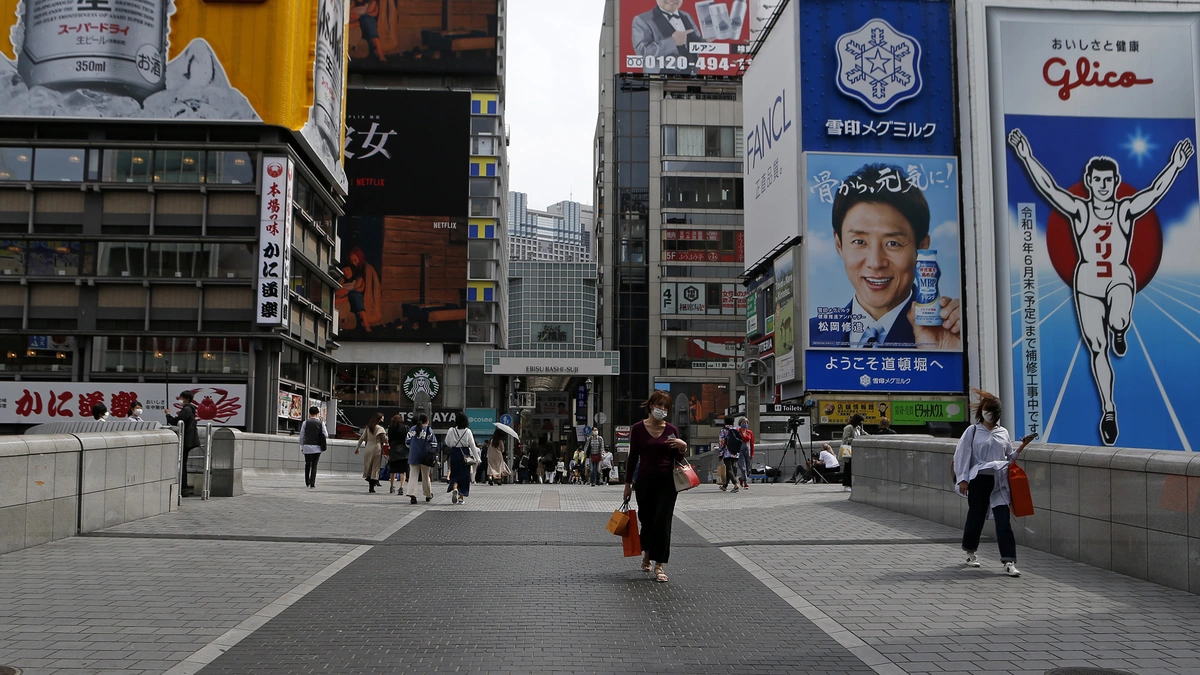Bilaspur Landslide | Rescue Efforts Continue After Bus Buried; Death Toll Reaches 15
The news from Bilaspur is heartbreaking, isn’t it? A Bilaspur landslide has buried a bus, and as rescue efforts continue, the death toll has tragically reached 15. But beyond the headlines, what does this tell us about the larger issues at play? Let’s dive into the ‘why’ behind this disaster and what it means for infrastructure and safety in hilly regions. This isn’t just a news report; it’s a critical look at the underlying factors contributing to such tragedies.
The Grim Reality | What Happened in Bilaspur?

Okay, let’s get the facts straight. A passenger bus was traveling through the Bilaspur district when a massive landslide struck. The sheer force of the debris completely overwhelmed the vehicle, burying it under tons of earth and rock. Initial reports were chaotic, but rescue teams quickly mobilized. However, the scale of the accident and the unstable terrain made the operation incredibly challenging. The authorities are working tirelessly. It’s a race against time to recover survivors, and frankly, the situation is grim. They need to determine what happened and what the root cause of the accident was.
Why This Landslide Matters | A Deeper Look
Here’s the thing: landslides in hilly areas are, sadly, not uncommon in India, especially during the monsoon season. But, and this is a big ‘but,’ this event highlights a systemic problem. We’re not just talking about unpredictable natural disasters here. We’re talking about the impact of human activity on the fragile ecology of these regions. Unplanned construction, deforestation, and inadequate infrastructure are exacerbating the risk. The challenges are enormous.
What fascinates me is the interplay between natural vulnerability and human intervention. The Himalayan region , where Bilaspur is located, is geologically active, making it prone to landslides. But when you add unchecked development to the mix, you’re essentially creating a recipe for disaster. Think about it: cutting into hillsides to build roads and buildings destabilizes the soil, removing trees weakens the natural defenses against erosion, and poorly designed drainage systems fail to manage rainwater effectively. So, is this just an “act of God”, or a man-made disaster waiting to happen? I believe the truth, as always, is somewhere in between.
The Human Cost | Stories Behind the Numbers
It’s easy to get lost in the technical details and policy discussions, but let’s not forget the human element. Behind every number in the death toll is a story – a family shattered, a life cut short. It’s crucial to remember that these aren’t just statistics; they’re real people whose lives have been irrevocably changed. The emotional toll on the survivors, the first responders, and the community is immense. What about the families? This accident is a terrible tragedy.
And let’s be honest, the trauma of such events lingers long after the rescue operations are over. People lose their homes, their livelihoods, and their sense of security. This is where long-term support and rehabilitation become essential. Counseling, financial assistance, and rebuilding efforts are all crucial for helping the community recover. The impact on the family is devastating.
Preventing Future Tragedies | What Can Be Done?
So, what can be done to prevent similar tragedies in the future? It’s a multi-pronged approach, for sure. First and foremost, we need stricter regulations on construction and development in ecologically sensitive areas. This means conducting thorough environmental impact assessments before any project is approved, enforcing building codes rigorously, and investing in sustainable infrastructure. And, let’s rephrase that for clarity, simply having rules on the books isn’t enough. They need to be enforced! We must also improve our early warning systems for landslides. This involves using technology like geosensors and satellite imagery to monitor ground movement and rainfall patterns, so we can provide timely alerts to communities at risk. Education and awareness are also key. People need to understand the risks associated with living in landslide-prone areas and how to protect themselves.
But more than that, there needs to be a shift in mindset. We need to move away from a purely economic-driven approach to development and adopt a more holistic perspective that prioritizes environmental sustainability and community well-being. This means listening to the voices of local communities, incorporating traditional knowledge into our planning, and recognizing that the environment is not just a resource to be exploited, but a vital partner in our progress. According to a report on NDTV.com, the state government has pledged to invest in better disaster management strategies.
Let me rephrase that; only by embracing this mindset can we hope to build a more resilient and sustainable future for the Himalayan region – and for all vulnerable communities across India. Here’s the bottom line: The Bilaspur landslide isn’t just an isolated incident. It’s a wake-up call that demands immediate and sustained action. We need to learn from this tragedy and work together to create a safer, more sustainable future for all. There are many different factors that lead to a major landslide . We need to do everything we can to prevent them.
Conclusion | A Call to Action
What fascinates me is how quickly we move on from these disasters. The news cycle churns, new tragedies emerge, and the lessons learned are often forgotten. But we cannot afford to let that happen this time. The memory of the lives lost in the Bilaspur landslide must serve as a catalyst for change. Let it inspire us to demand greater accountability from our leaders, to support sustainable development initiatives, and to prioritize the well-being of our communities. It’s about accountability! I initially thought this was straightforward, but then I realized the aftermath of the accident is long. If there is loss of life, it is devastating.
It is up to all of us to ensure that this tragedy is not in vain. The challenges are significant, but the stakes are even higher. The future of the Himalayan ecosystem , and the lives of millions of people who depend on it, are in our hands. It’s time to act. You can get involved by donating, volunteering, or even just spreading awareness.
FAQ Section
What are the common causes of landslides in the Himalayan region?
Landslides in the Himalayas are often triggered by a combination of factors, including heavy rainfall, seismic activity, deforestation, and unsustainable construction practices. The region’s fragile geology makes it particularly susceptible.
What kind of support is available for families affected by the Bilaspur landslide?
The government and various NGOs are providing financial assistance, counseling services, and temporary shelter to families who have lost loved ones or been displaced by the disaster. Contact the local authorities for specific details.
How can I contribute to disaster relief efforts in Bilaspur?
You can donate to reputable organizations that are working on the ground to provide aid to the affected communities. Check with local authorities for a list of verified and trusted charities.
What measures are being taken to prevent future landslides in the region?
The government has pledged to invest in better disaster management strategies, including improved early warning systems, stricter building codes, and reforestation efforts. However, the effectiveness of these measures remains to be seen.
Is there a way to report illegal construction activities that might increase landslide risk?
Yes, you can report such activities to the local municipality or the district administration. Providing detailed information and photographic evidence can help expedite the investigation.
What is the government doing to help the environment?
The government is looking into a plan to help fix the fragile ecosystem in the himalayan region. The government has passed laws on limiting pollution in the area.













